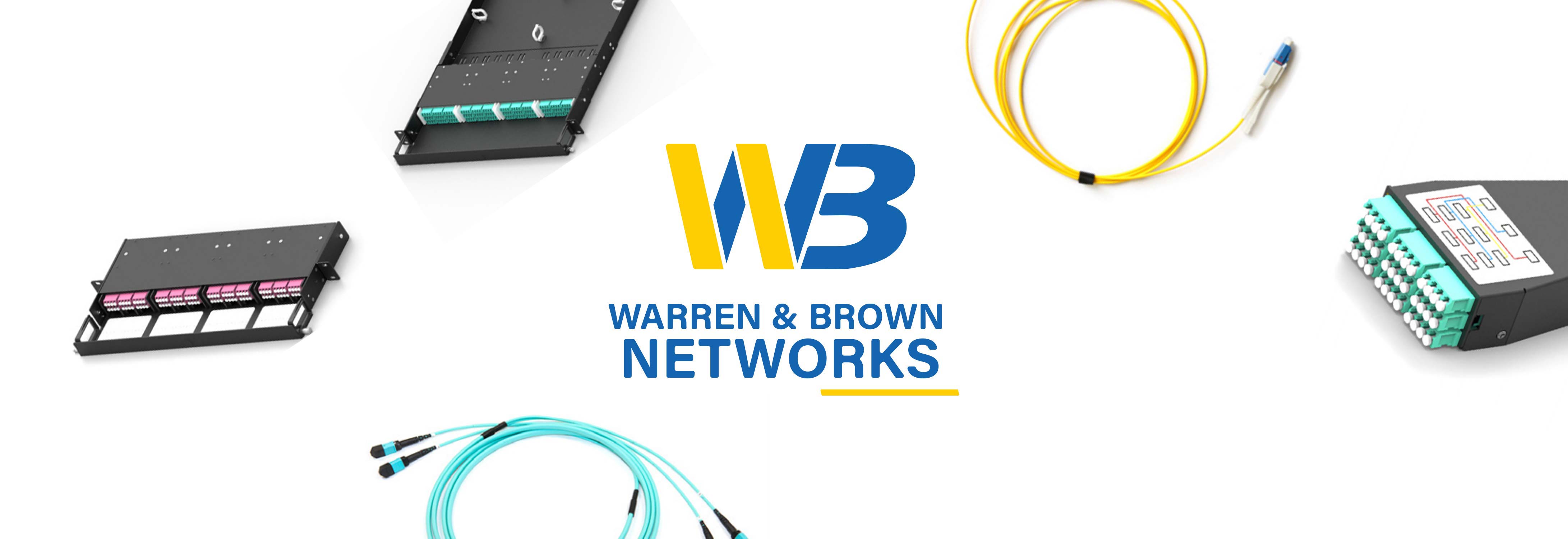Introduction to MTP®/MPO fibre optics and application
Products Overview HypaFOX MTP® - July 15, 2020

With the rapid expansion of optical fibre networks throughout various environments, connectivity is becoming more challenging to manage. Optical fibre networks need to support various high speed, low latency and bandwidth-intensive services. This can place a challenge on selecting, designing and installing the correct cabling infrastructure in order to support these critical services.
MTP® connectivity is now being used more widely in various network environments, including Data Exchanges, Enterprise and Mobile networks. Data Centres have been leading adopters of MTP®/MPO as they benefit from reliable, high-density cabling infrastructure. Delivering reliable, high-speed services with zero downtime is the ultimate goal of Data Centre operators.
As bandwidth and network speed requirements increase, selecting the right type of connectivity becomes more important. This document outlines some of the principles and best practices for successfully deploying MTP®/MPO connectivity infrastructure in Data Centres and other high-density optical fibre networks.
Enabling high speed, reliable connectivity
Data Centre, Enterprise, Mobile and Data Exchange networks often utilise MTP®/MPO and LC duplex connectivity throughout the network, with many transmission systems now supporting 10G links, with migration paths to 40G and 100G also being available. MTP®/MPO connectivity solutions support parallel optical communications, which enables data to be simultaneously transmitted and received over multiple optical fibres. Due to its small form factor, MTP®/MPO connectors and ribbon cable have already provided a space-saving solution. The advent of multi-gigabit applications including 10G, 40G and 100G have led to an explosion in fibre array connections in high-density networks. These array connections, better known as MTP®/MPO, allow multiple fibre strands to be terminated and connected through a single connector interface. The most common MTP®/MPO interface being 12 fibres and to a lesser extent 24 fibre connectors.
Main benefits of an MTP®/MPO cabling system
In addition to providing a high-density solution for optical fibre networks, one of the other major benefits of an MTP®/ MPO cabling system, is its modularity and its ability to support high speed links. New links can be easily added and the network can also be upgraded to support higher networking speeds – 40G, 100G, etc.
The 12 or 24 ribbon fibre cable construction has a smaller OD than regular fibre optic cable, which reduces cable load in raised floors and cable ducts, as well congestion. Additionally, all the components in an MTP®/MPO cabling system are pre-terminated, removing the need for splicing on site. They are also factory inspected and tested, ensuring supreme reliability. This provides a true plug and play solution, for fast and efficient field deployment.

HypaFOX MTP®/MPO cabling system components
MTP®/MPO patch panel (required to house MTP cassettes):

MTP®/MPO Cassettes (including standard LC duplex interfaces):

MTP®/MPO Bulkhead adaptor plates:
MTP®/MPO Trunk Cables:
MTP®/MPO Array Cables:
MTP®/MPO patch cords (for connecting to equipment):
Optical fibre Patch cords (generally LC duplex):
Each of these components plays a vital role in the network and provides additional flexibility for moves, additions and changes (MAC’s). Depending on the cabling method, i.e. cross-connect, inter-connect or direct connection, some or all of these components are required.
MTP connectors are available with either 12, 24, 36, 48 and 72 fibre ferrules.
12 fibre MTP®/MPO connectors are the most common type and are available to suit multimode or singlemode fibre optic systems.





